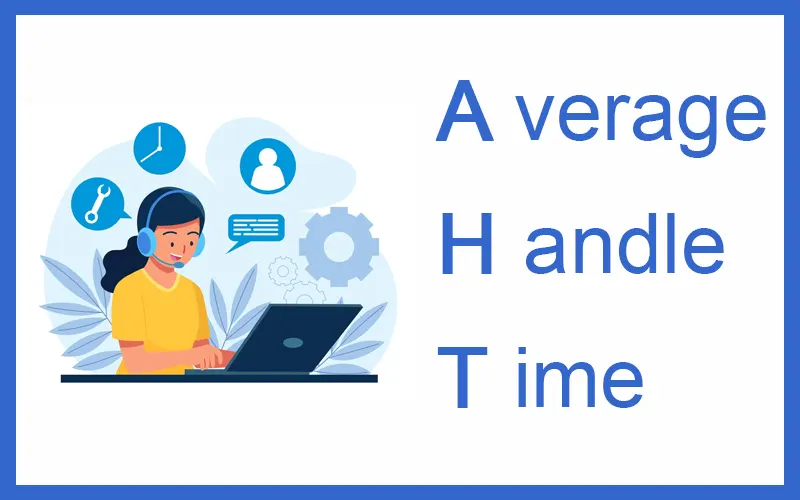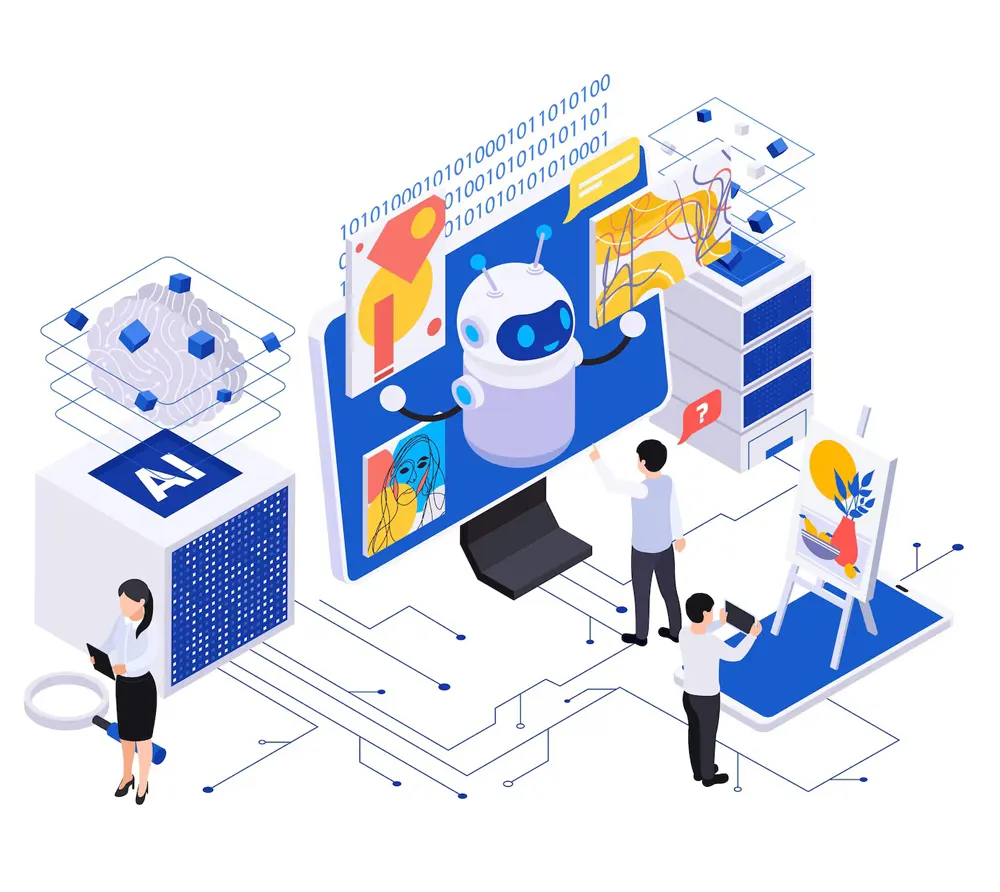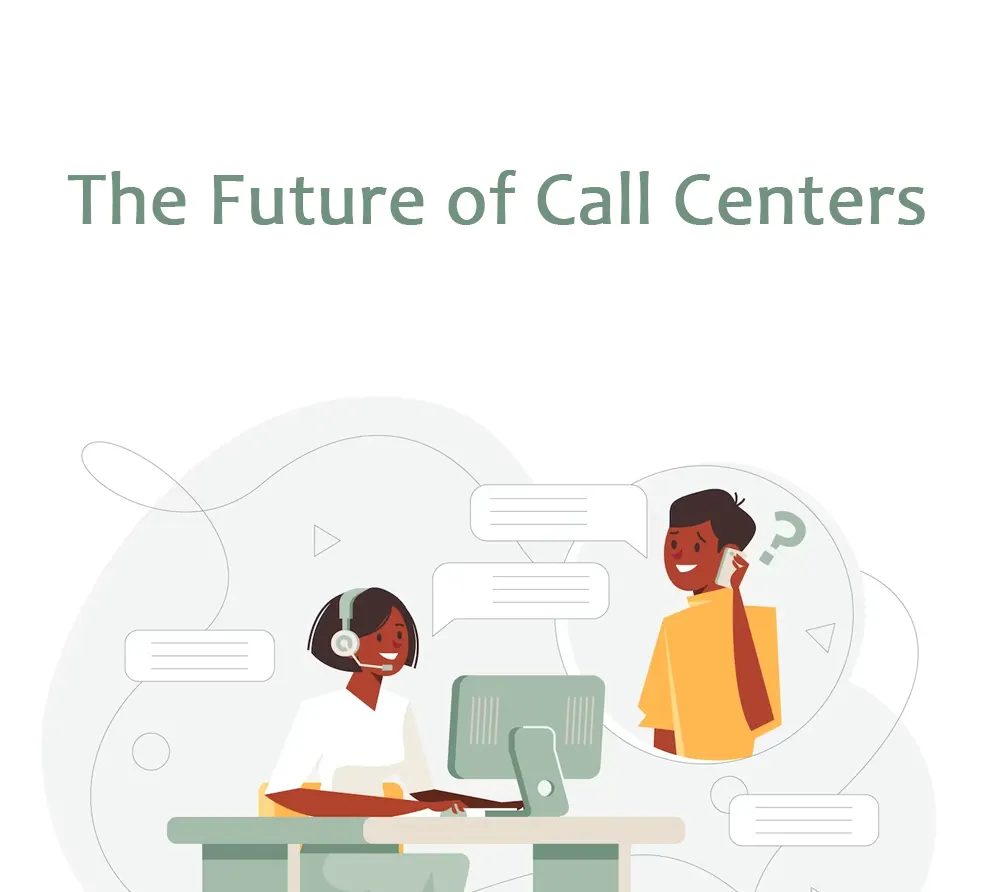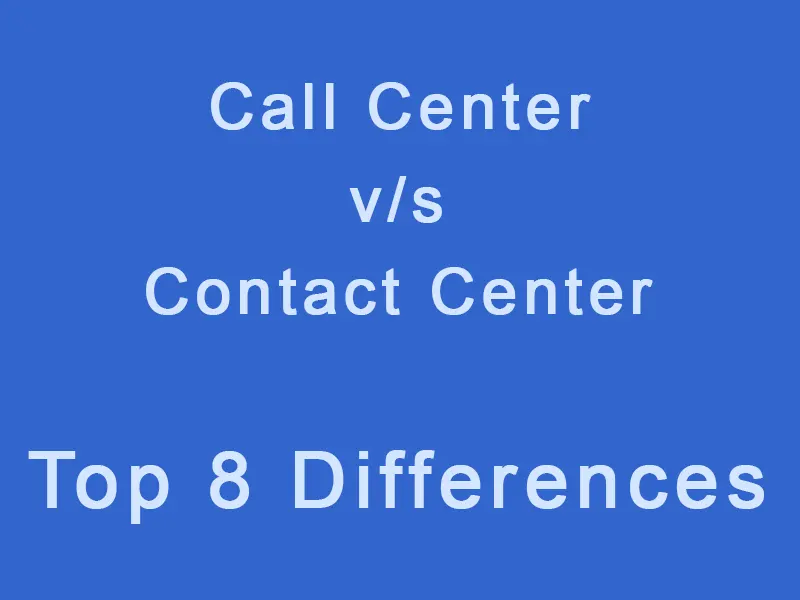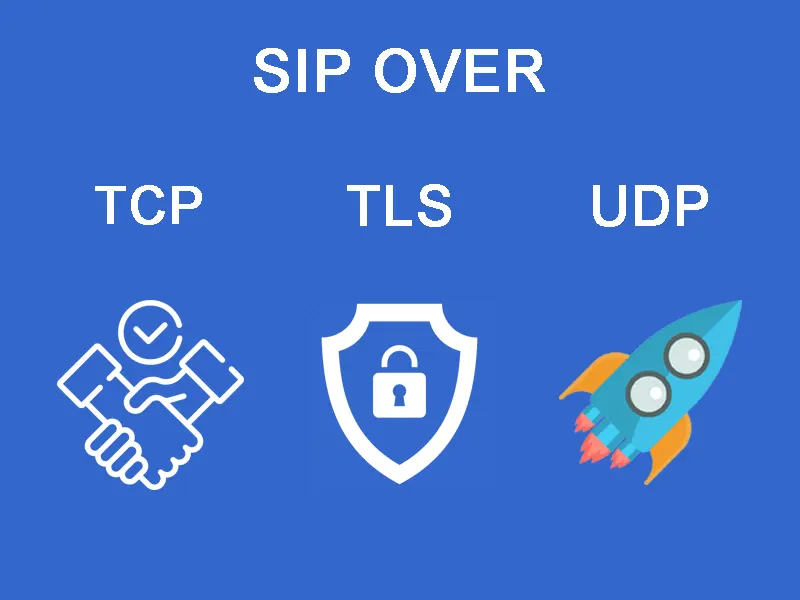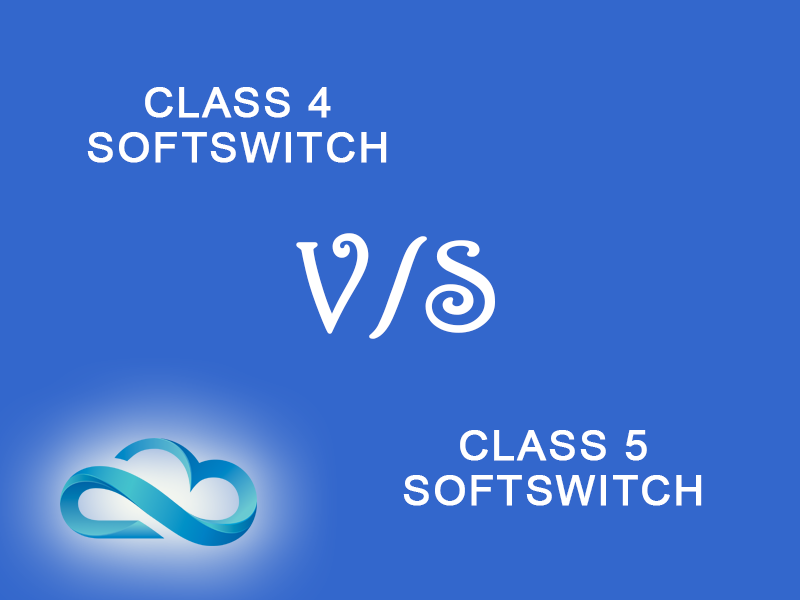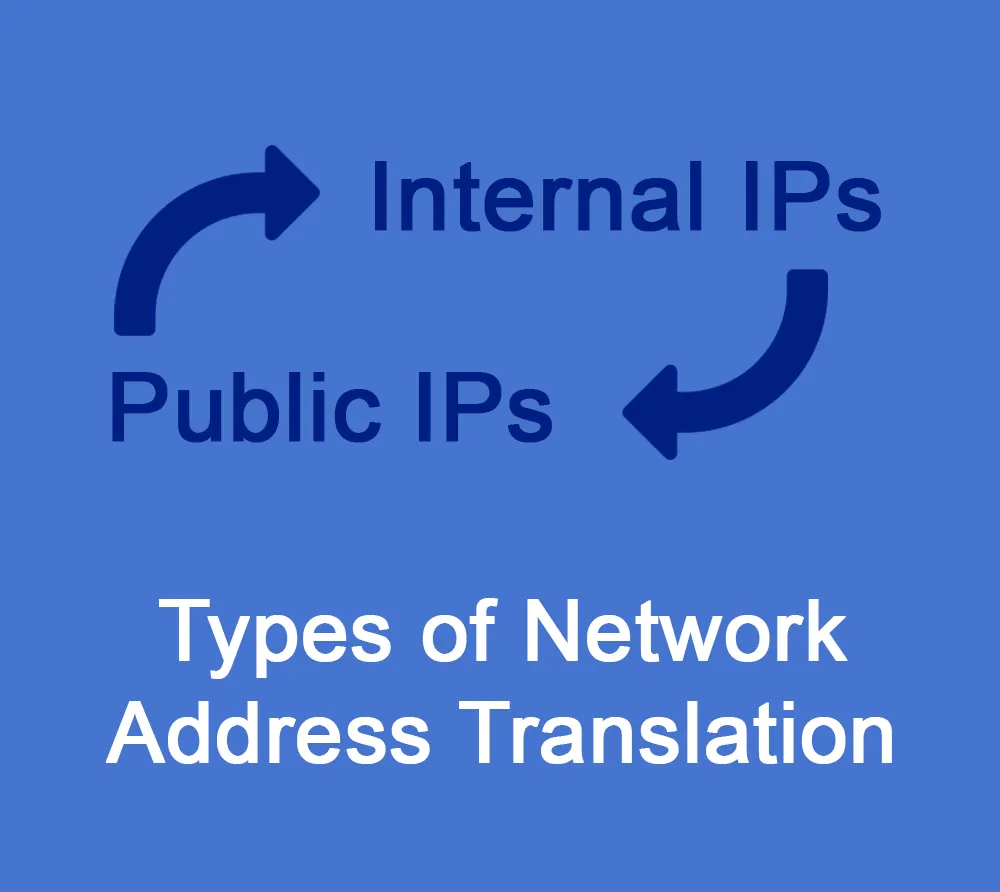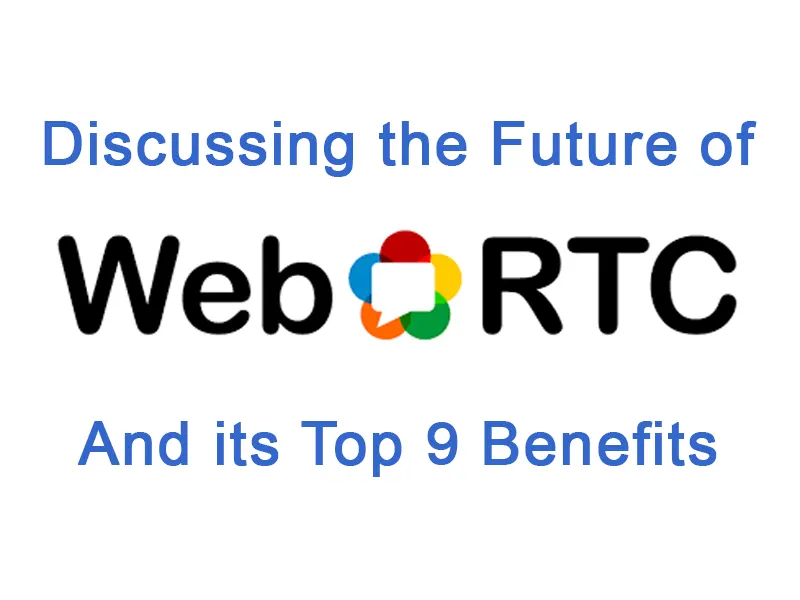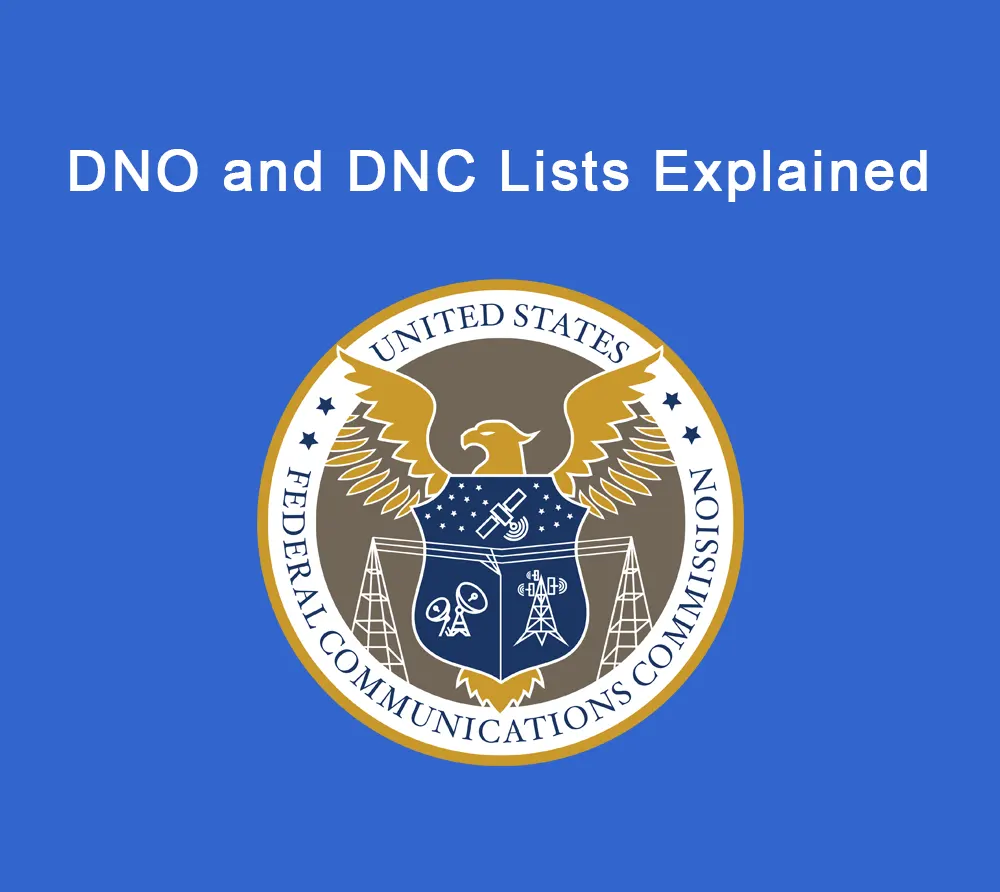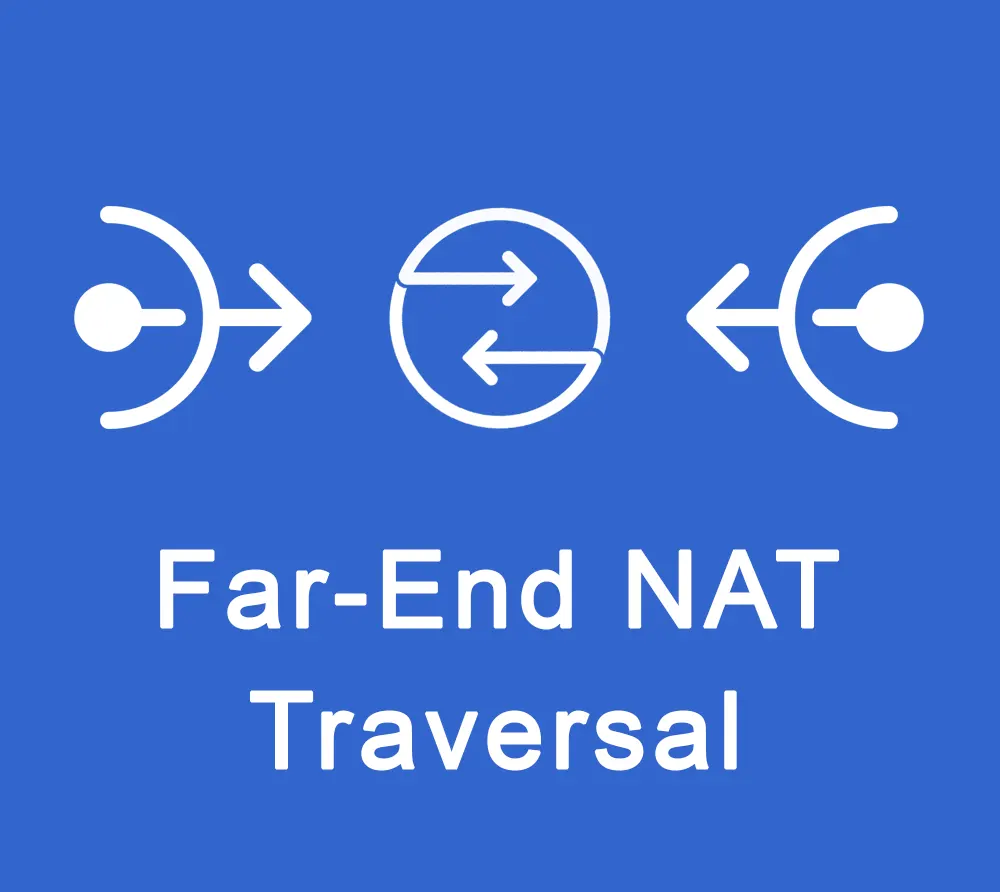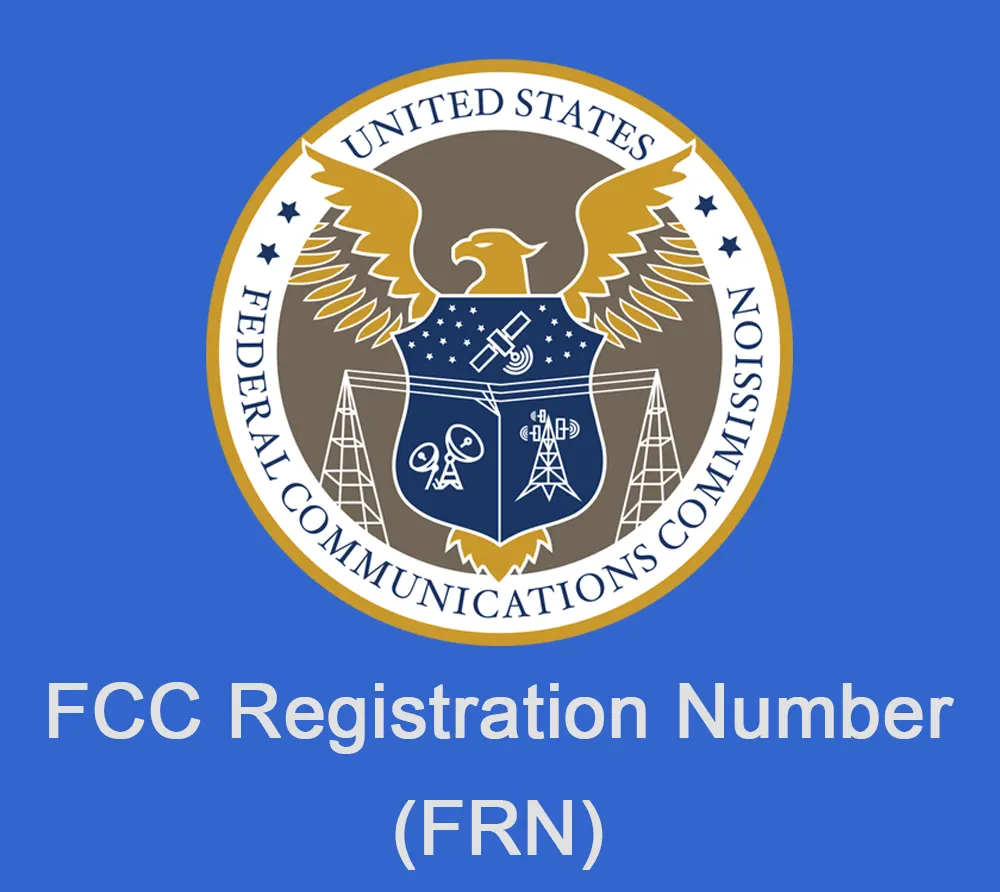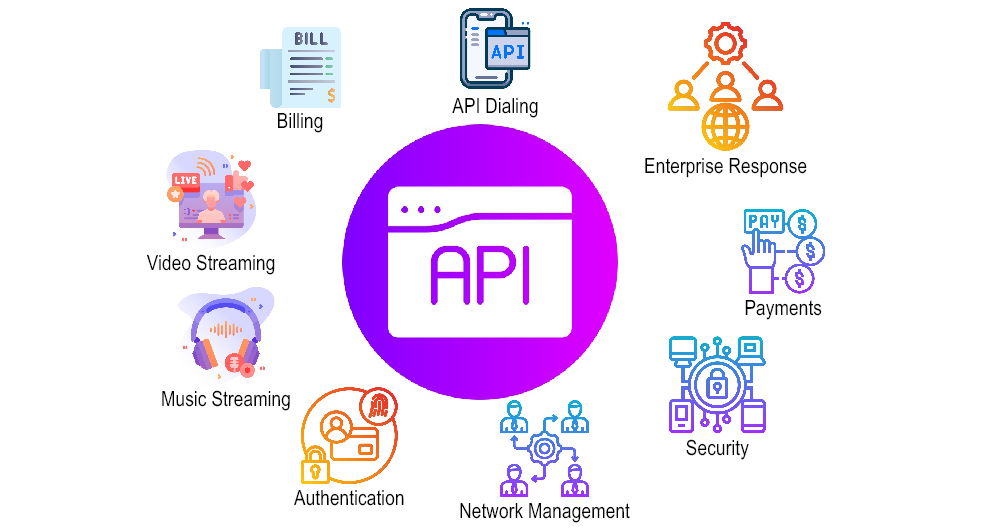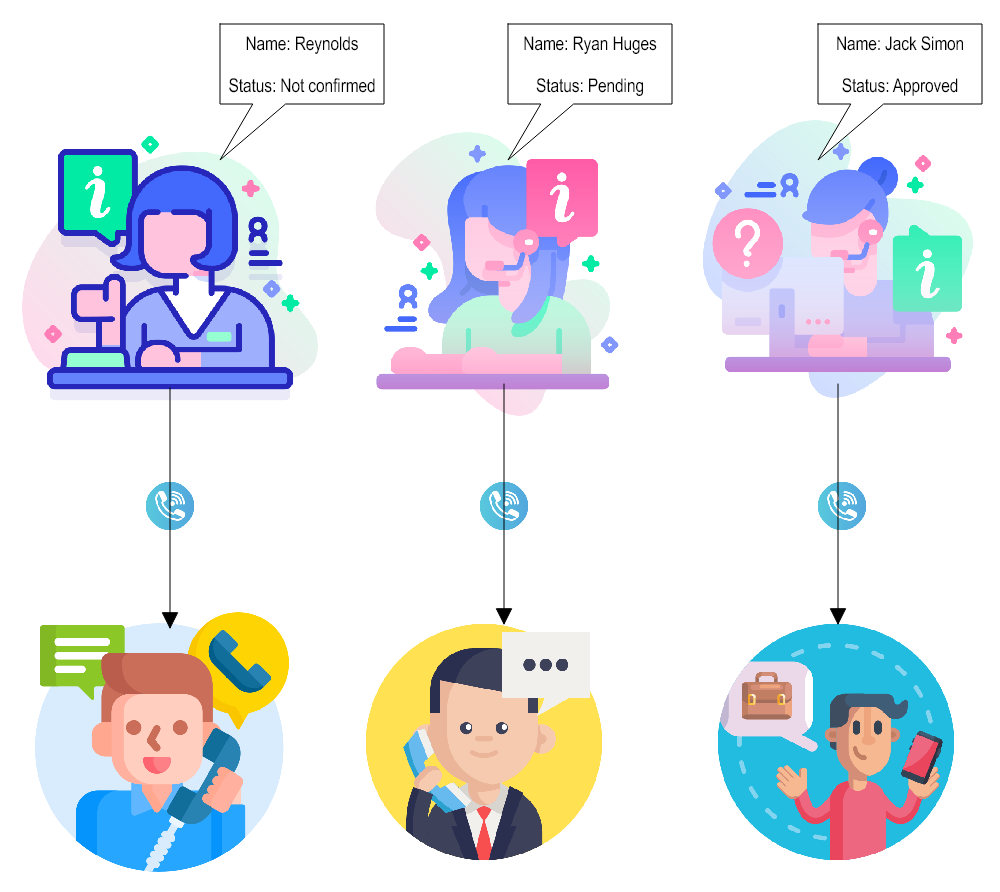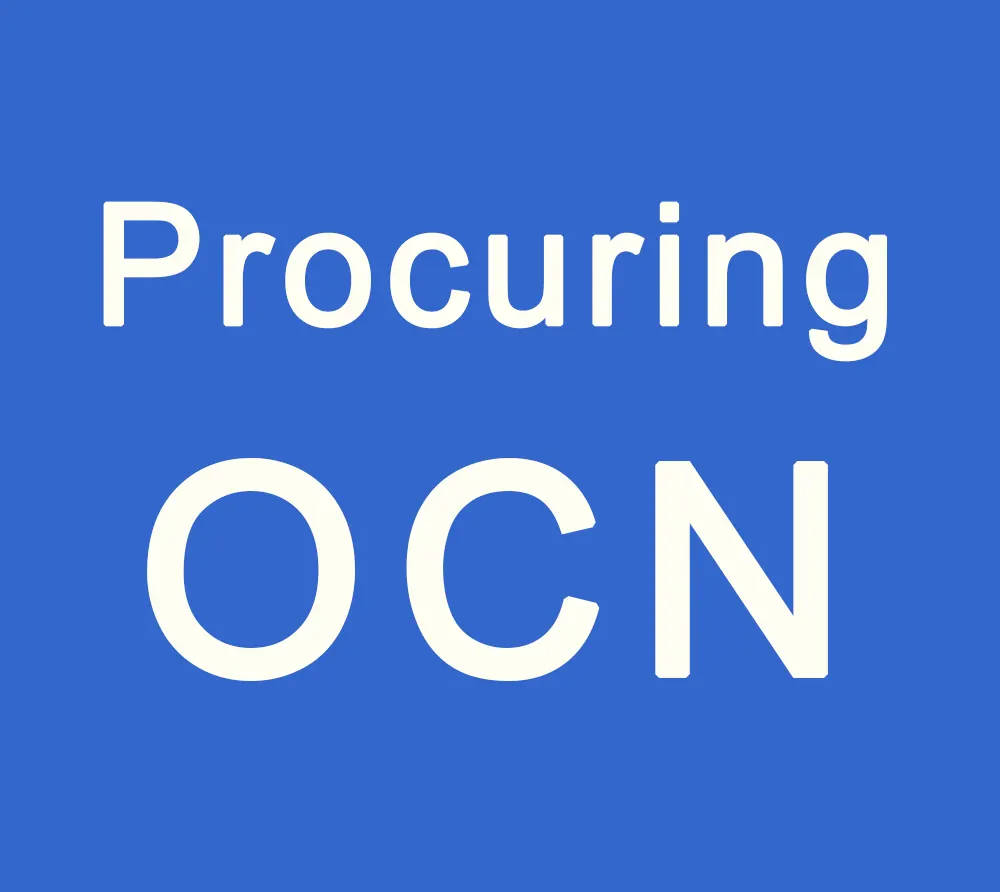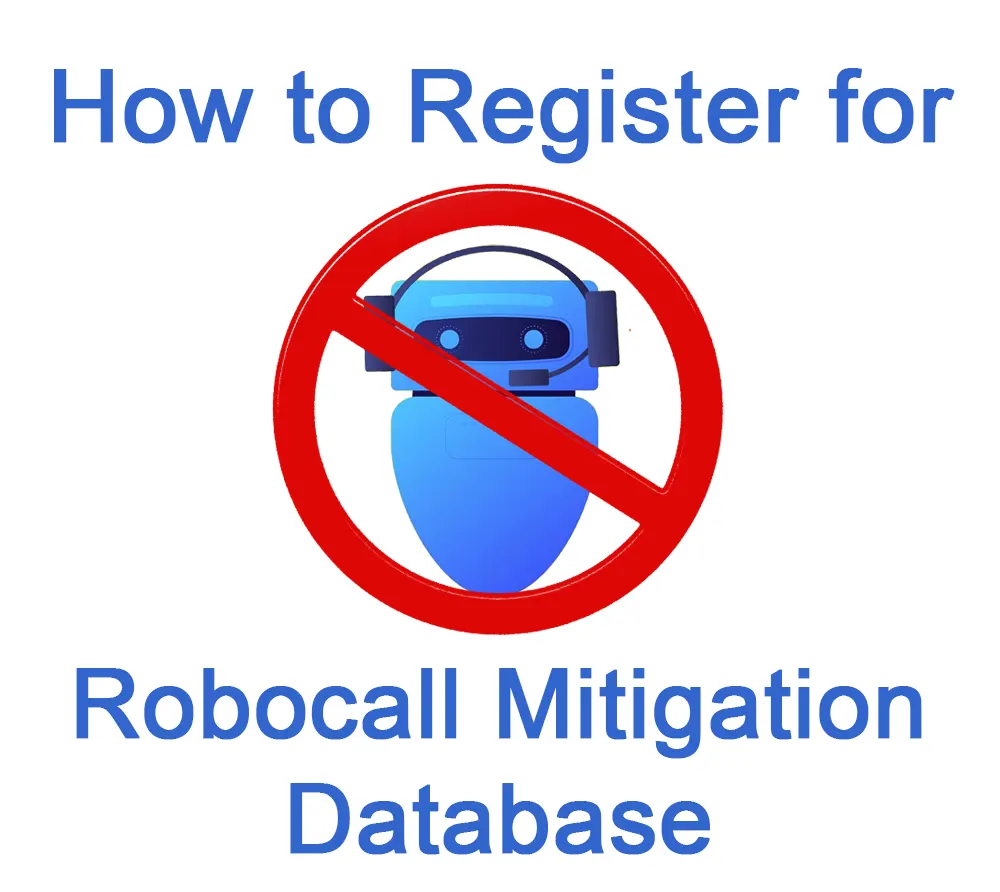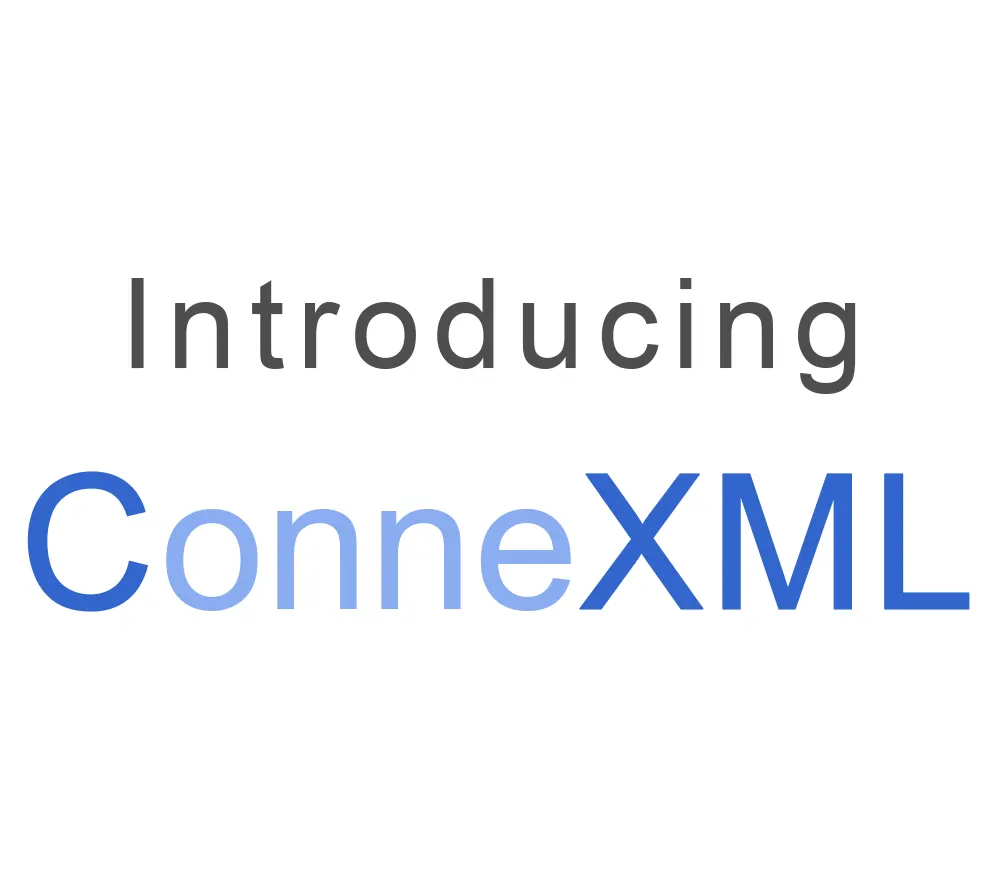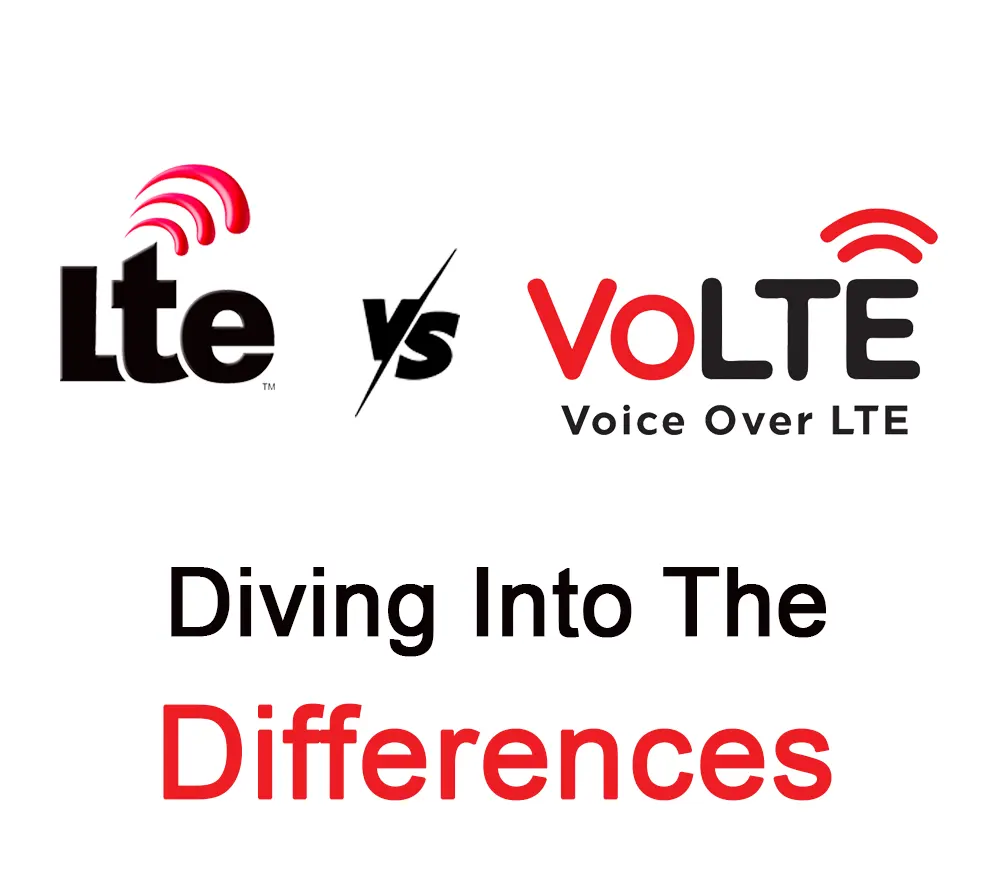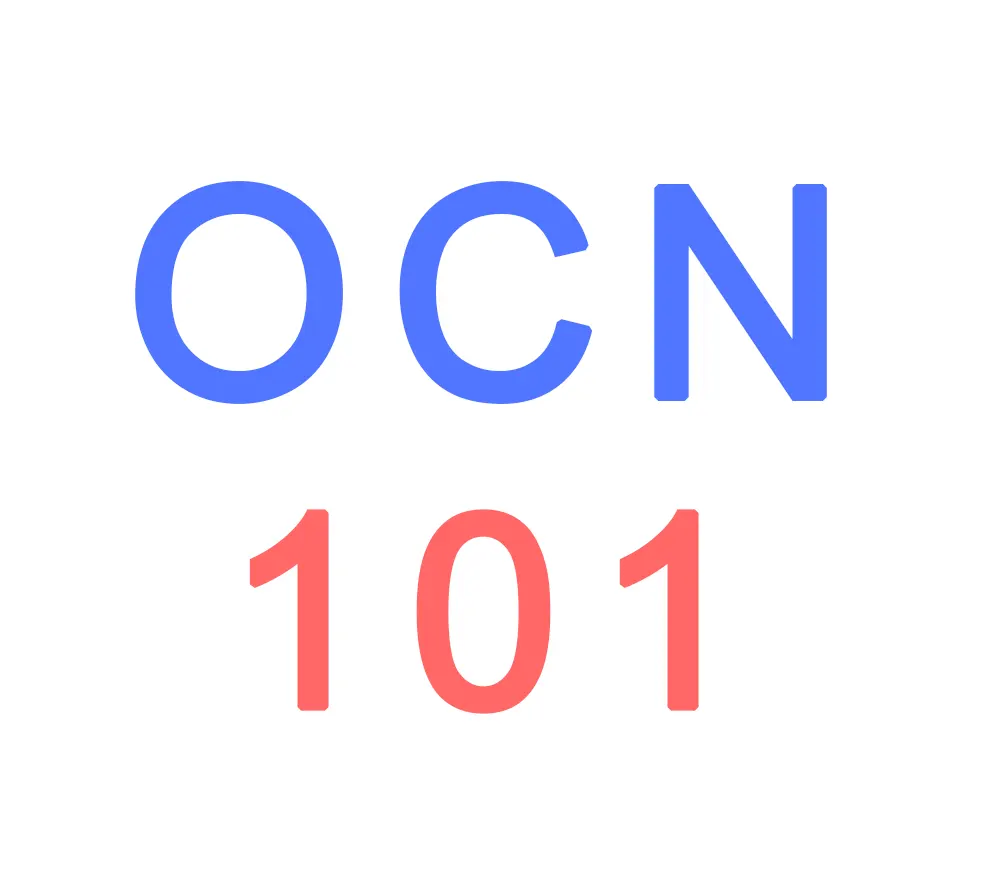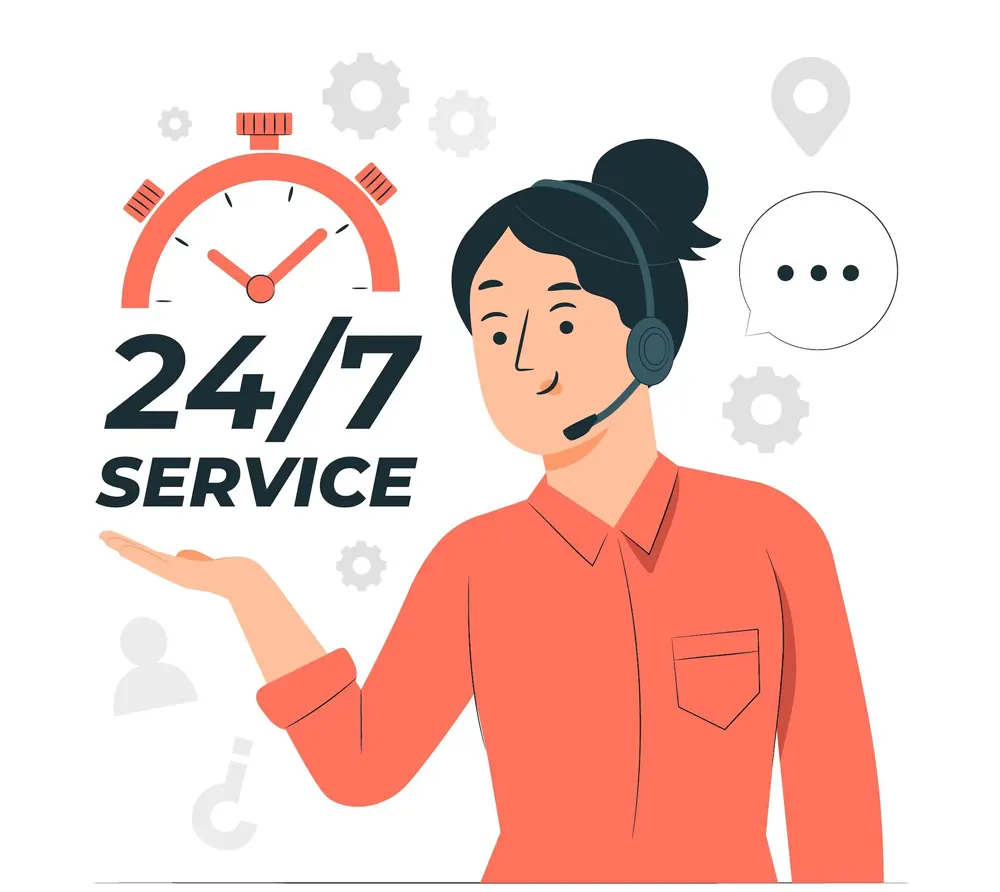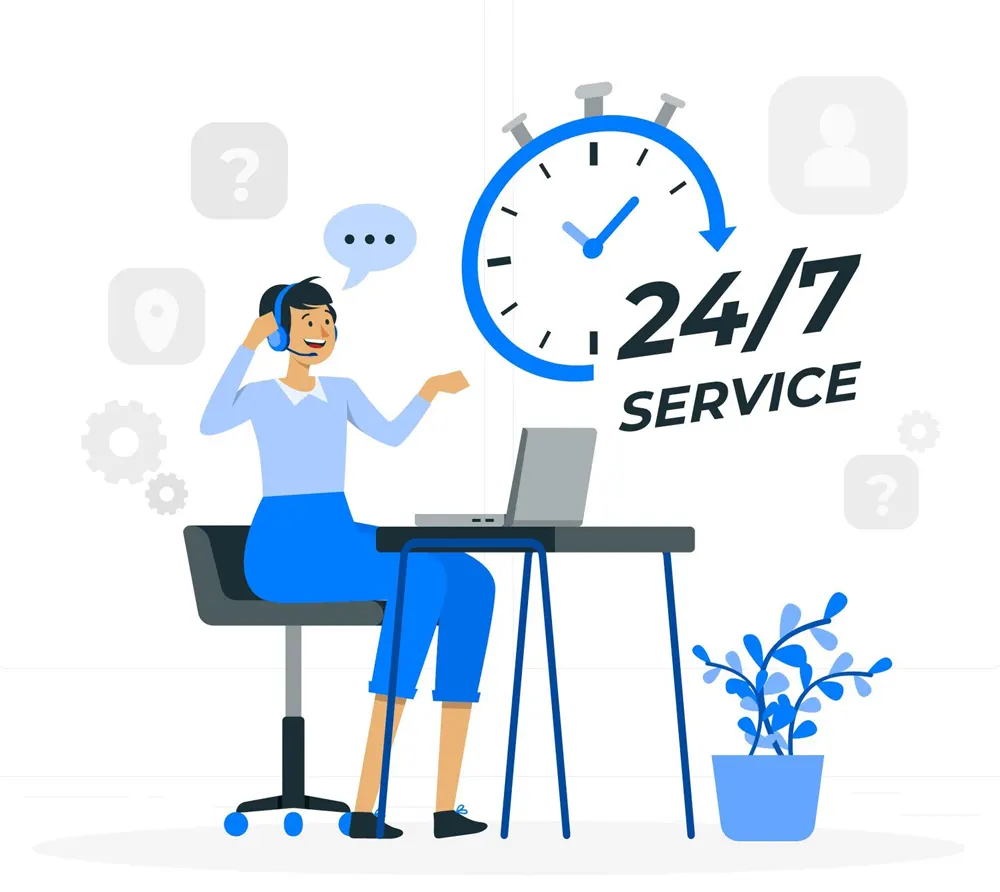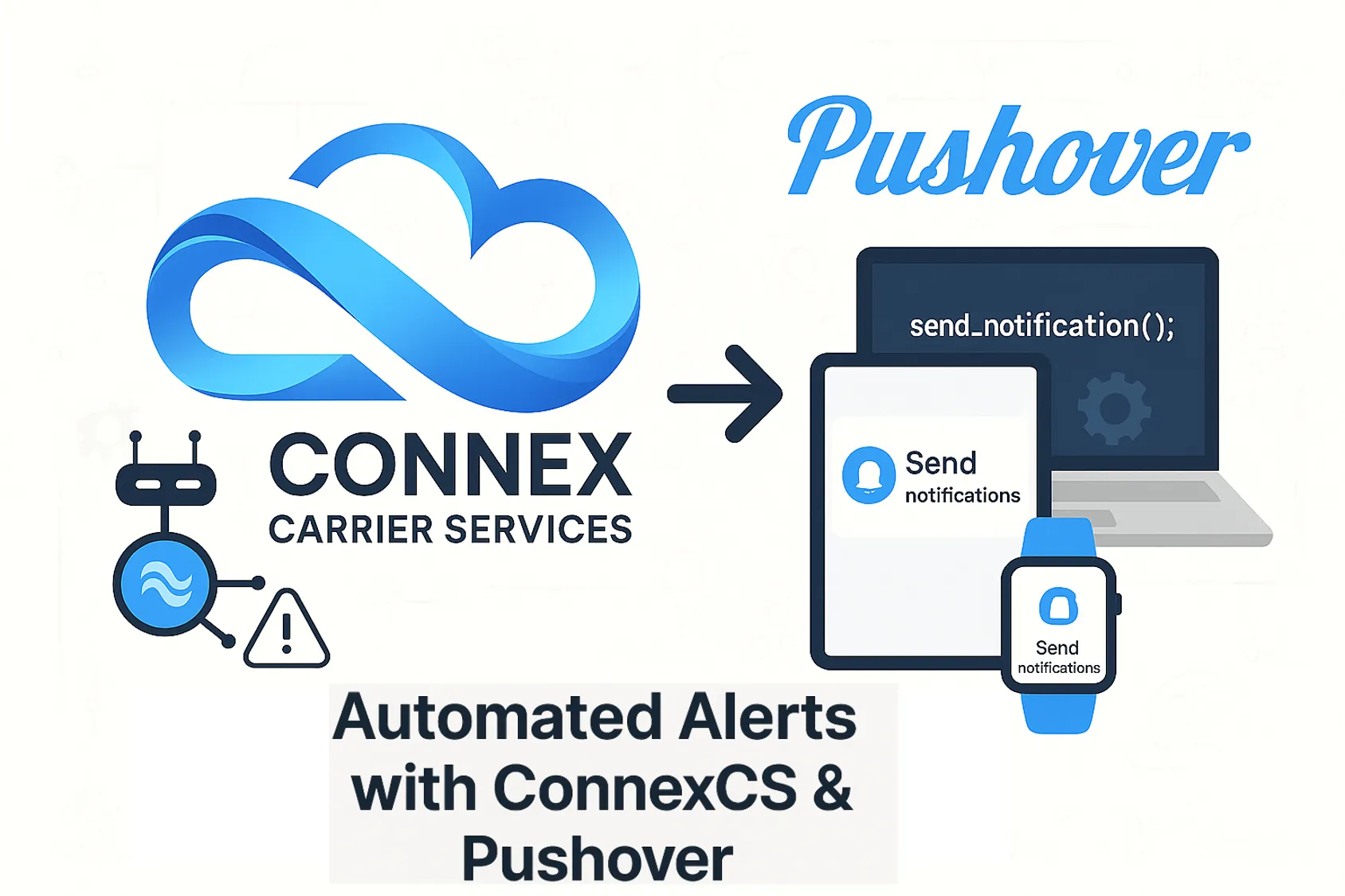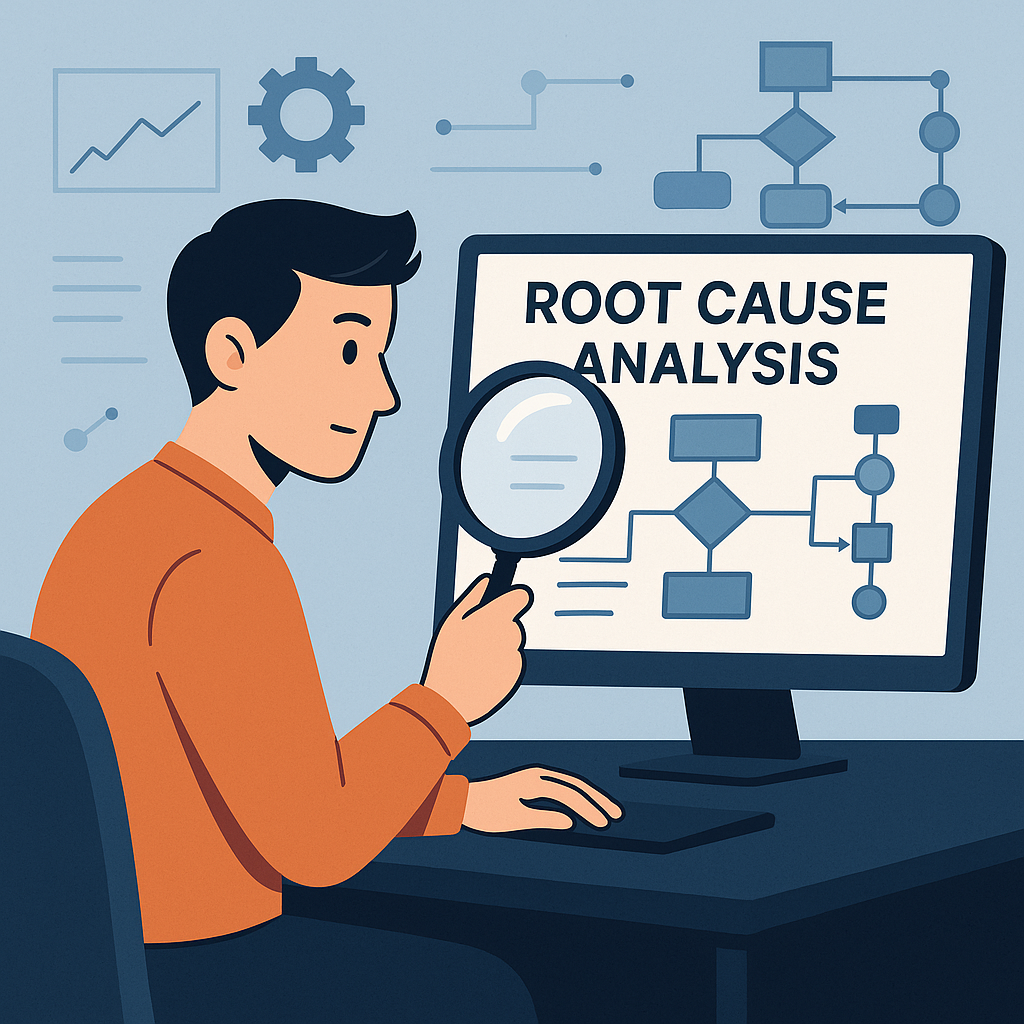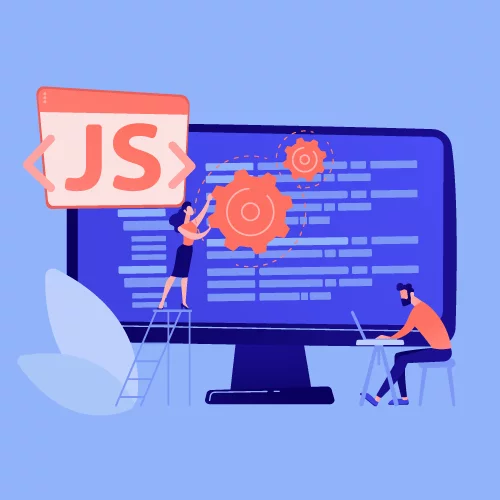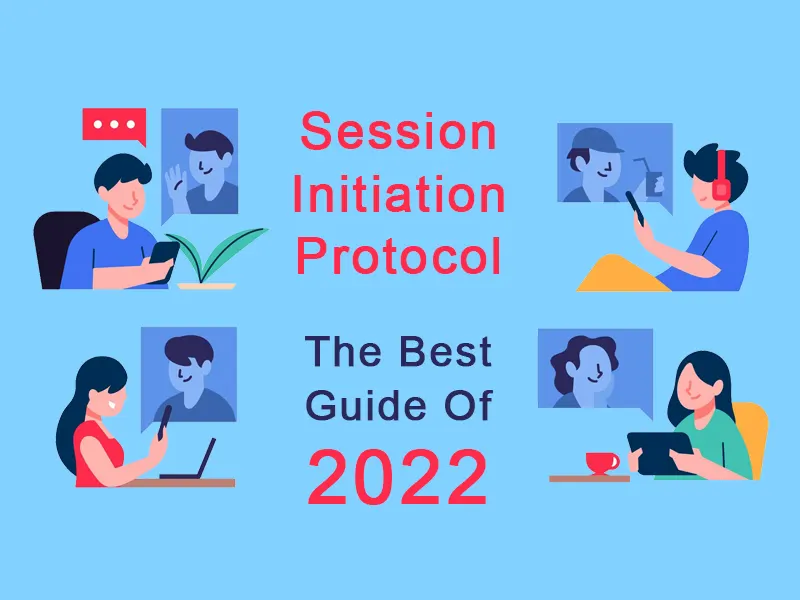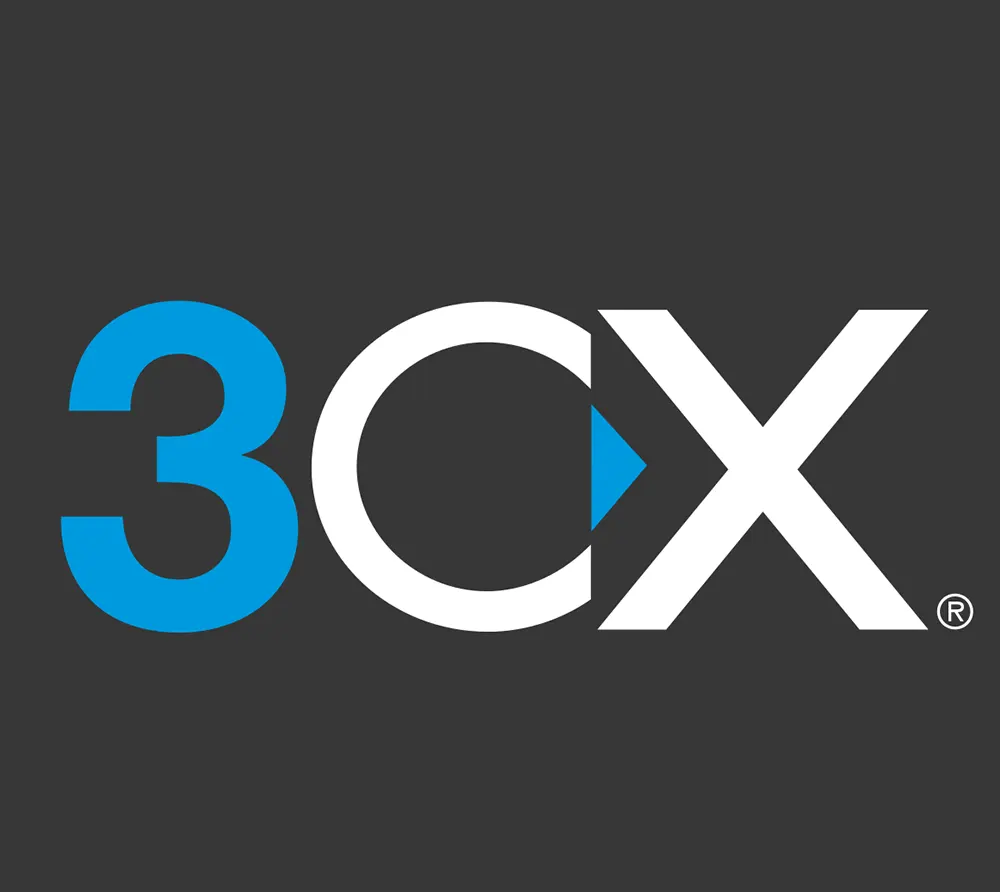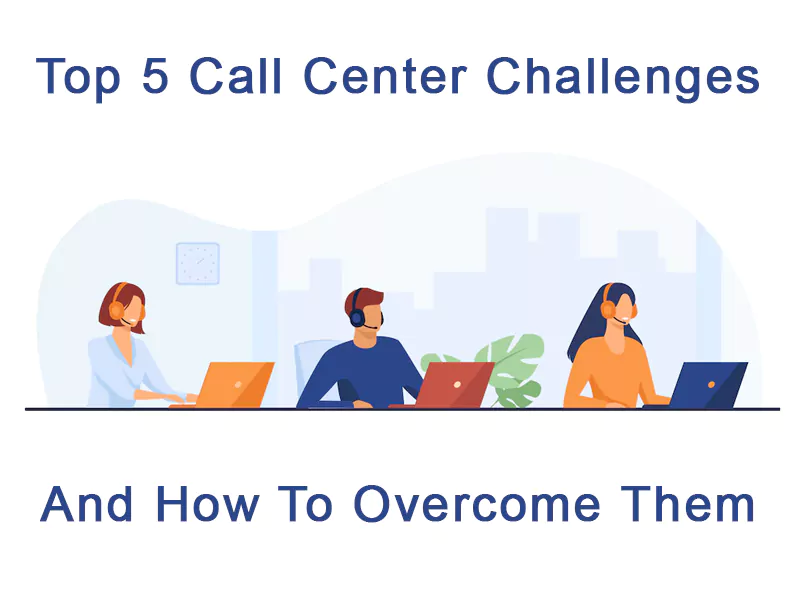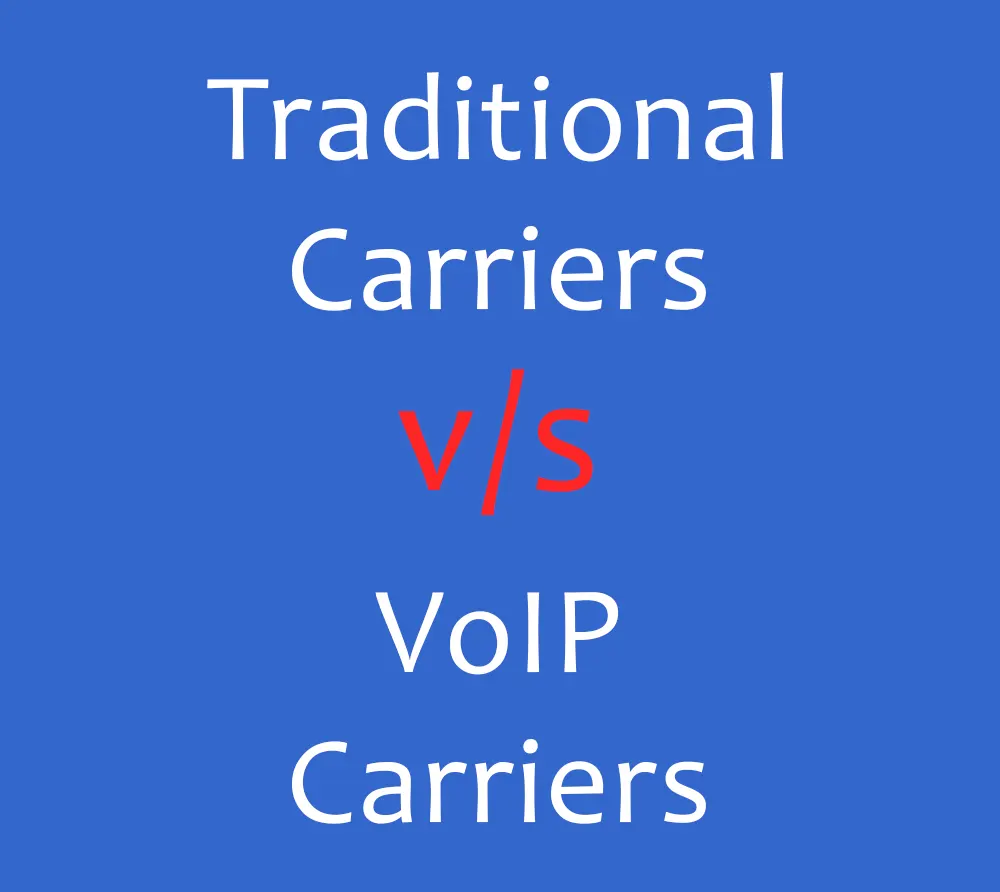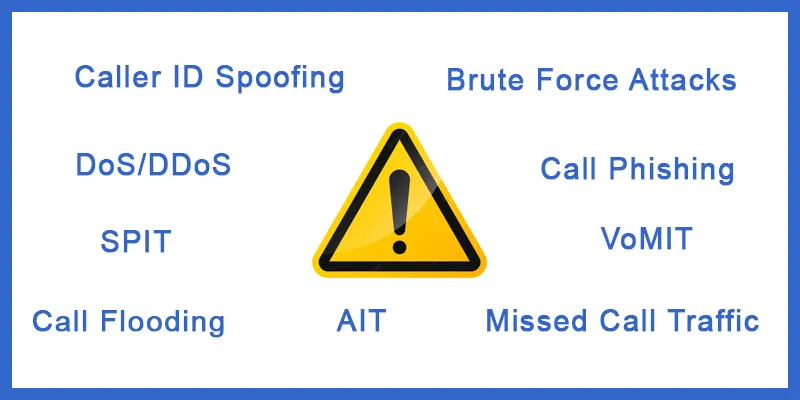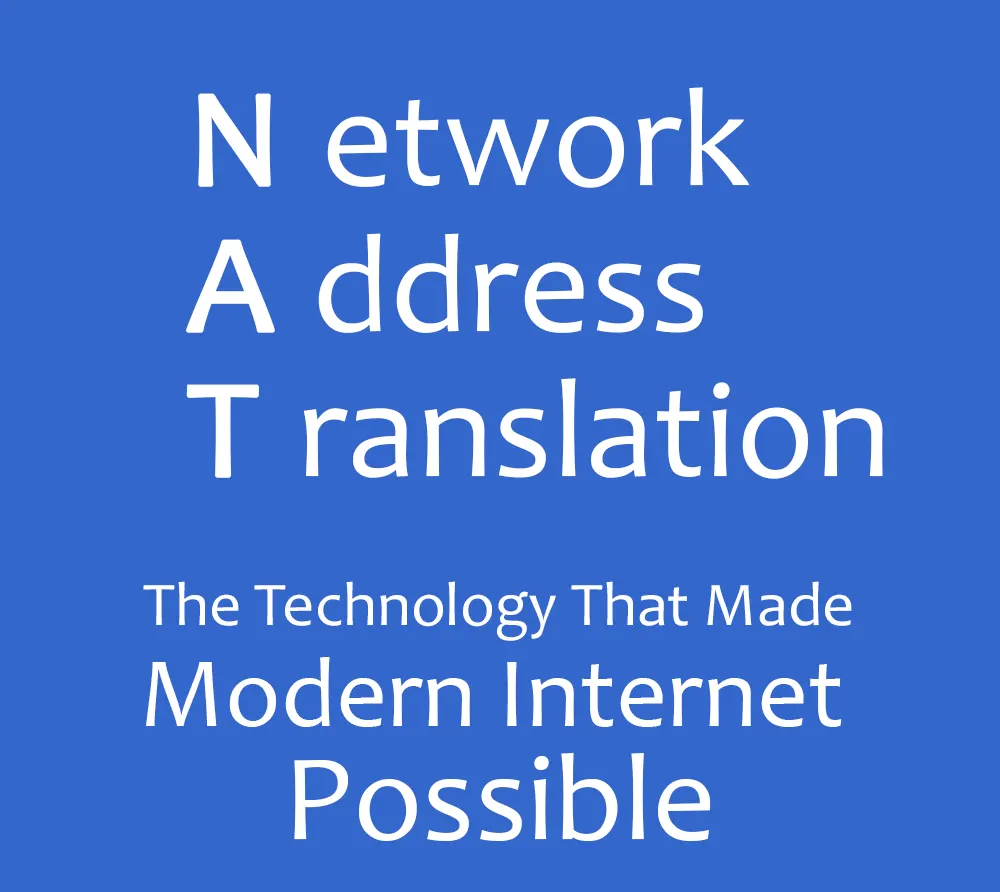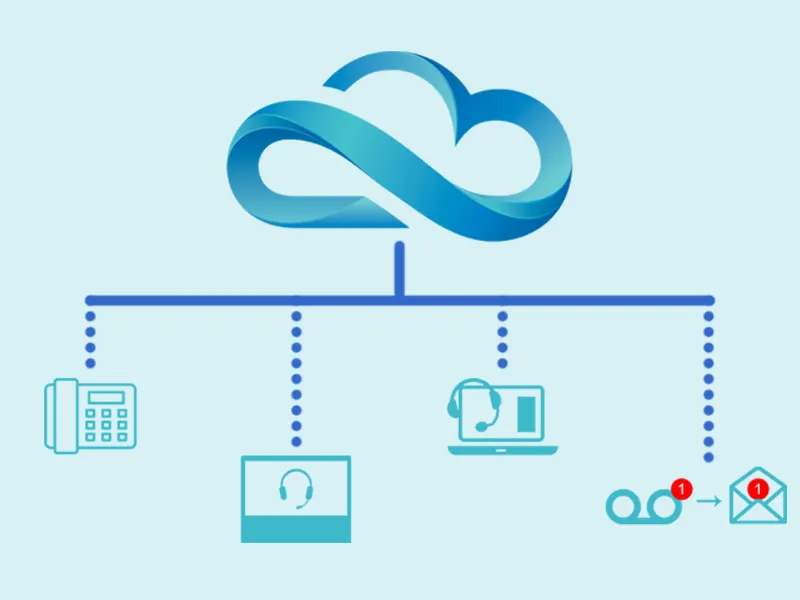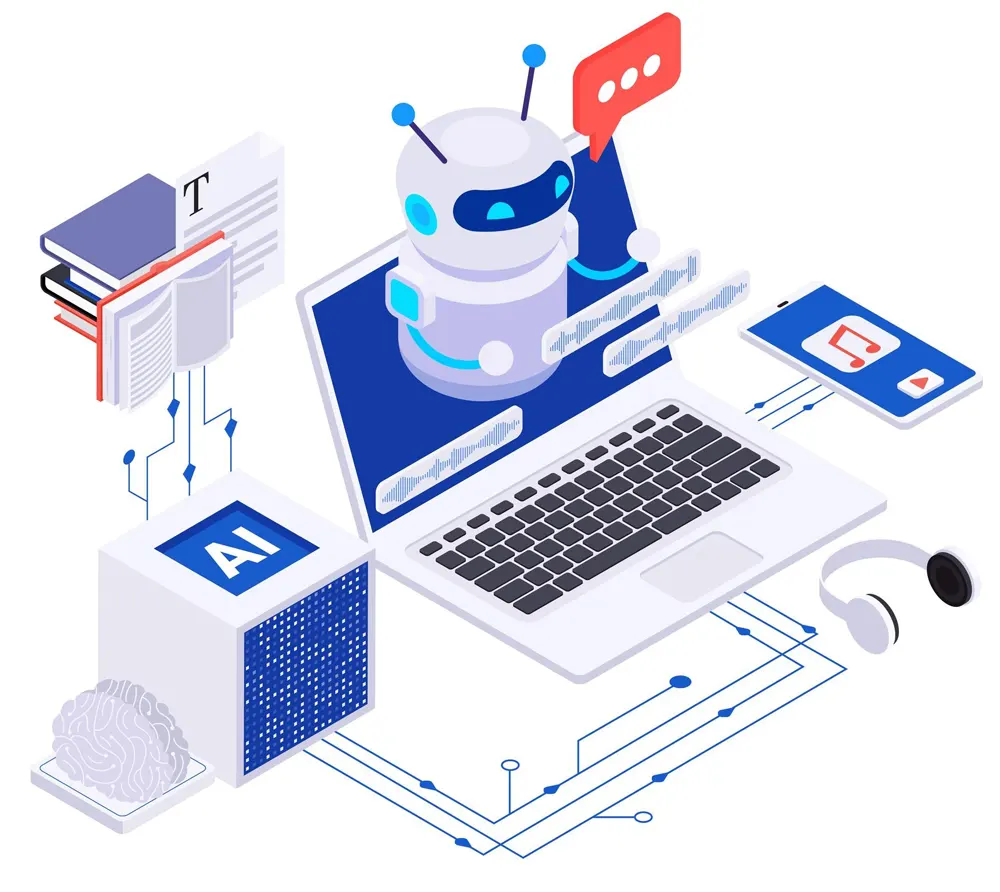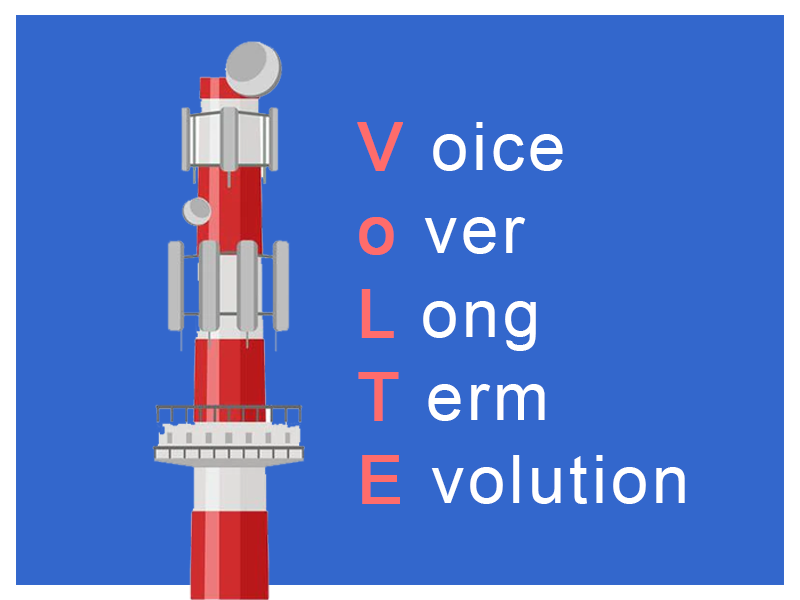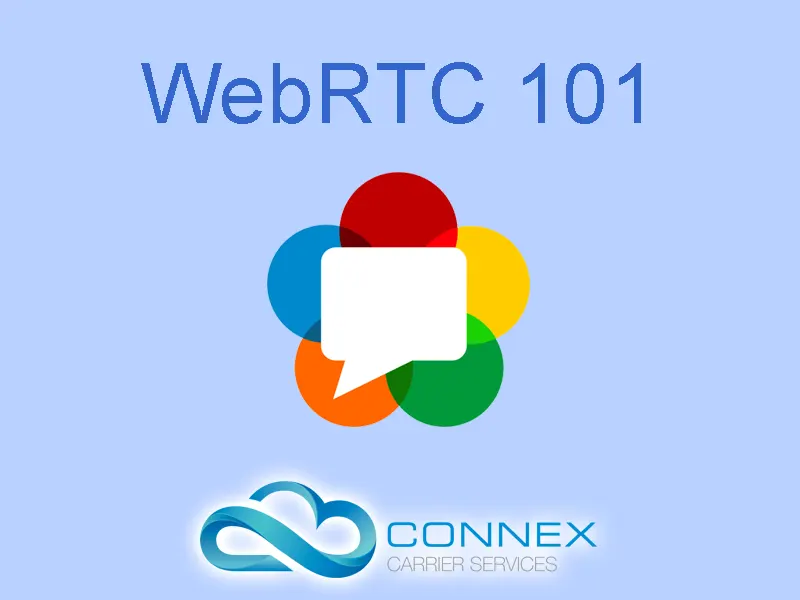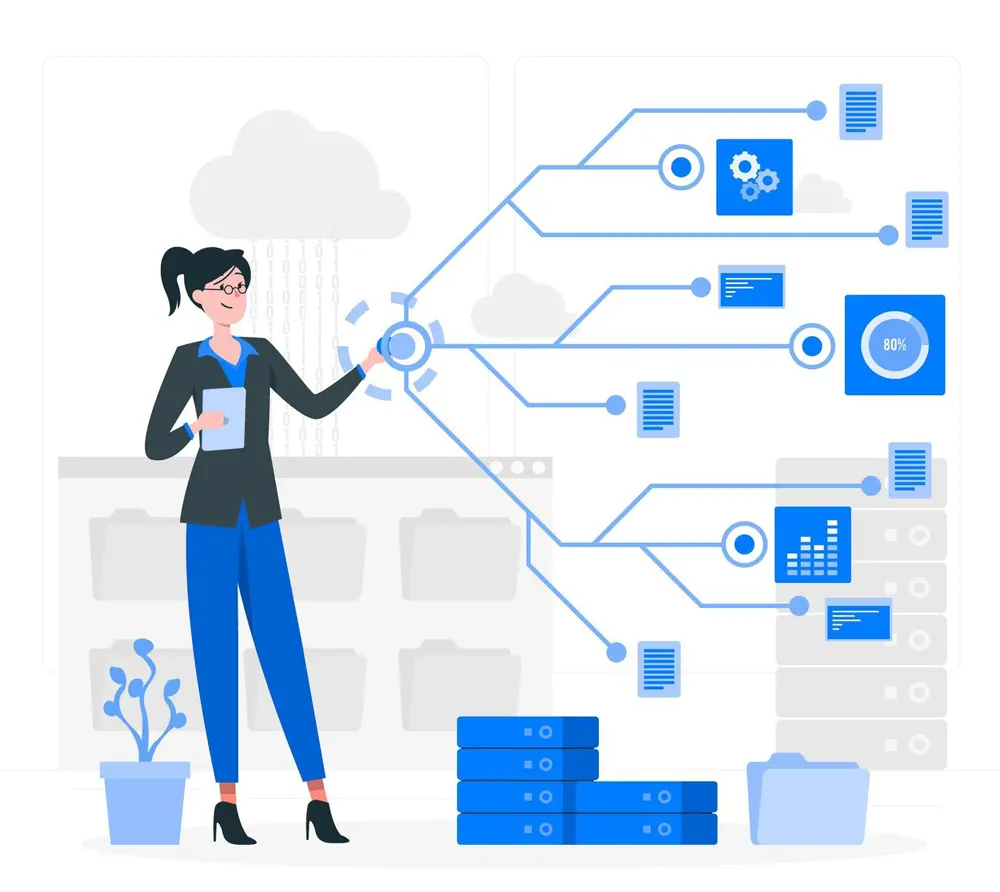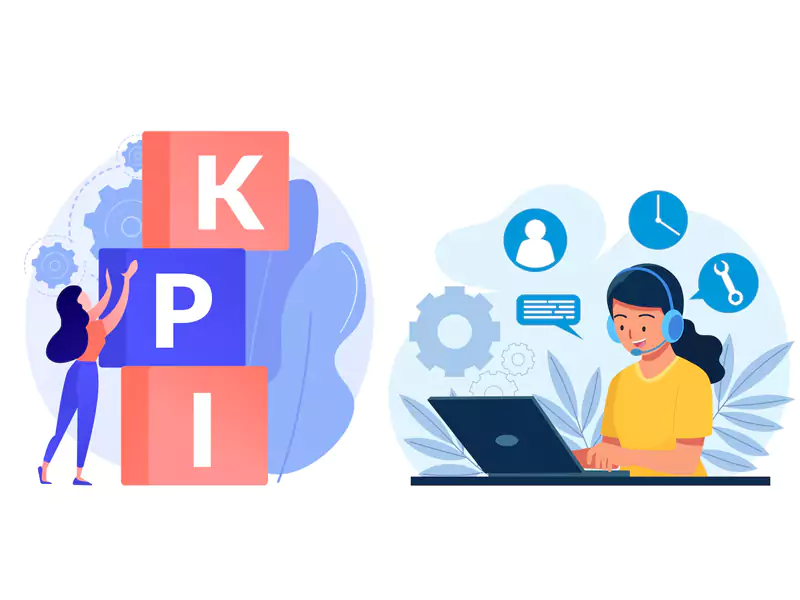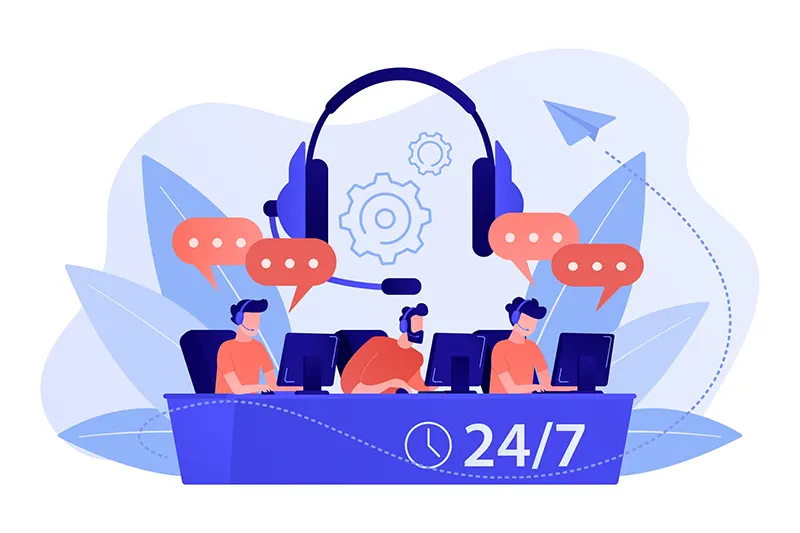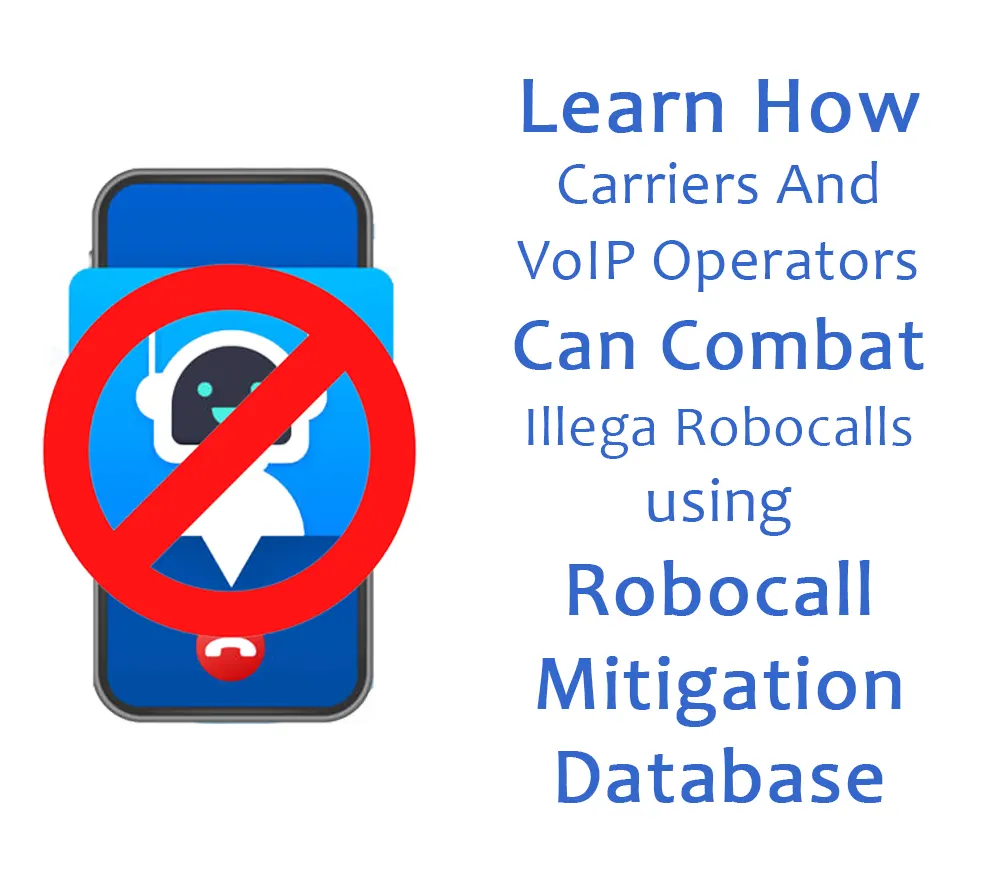Best Open Source LLMs for Voice AI - A Practical 2025 Selection Guide
Picture a call center transformed into a symphony of seamless conversation powered by AI Voice Agents. Voices that once carried frustration now glide effortlessly through intelligent exchanges.
Imagine your own creation orchestrating these interactions. An AI Voice agent that knows when to pause, when to answer, and when to surprise with a human-like touch.
The thrill of building it yourself is irresistible. The chance to craft every nuance, to shape responses that feel alive rather than scripted. Yet behind this dream lurks a maze: models to tune, latency to trim, context windows to manage, and guardrails to enforce.
This guide is your map! We’ll explore the best open-source LLMs for voice AI.
Together we will break down what truly matters for performance and reliability. All to find out ways to achieve brilliance without being consumed by infrastructure battles.
Why do open source LLMs matter for voice agents?

Open-source LLMs have become the backbone for anyone hunting the best open source LLMs for voice AI. They keep costs predictable, no surprise usage bills, and give businesses the freedom to host on private servers or the cloud of their choice.
Technical teams love them because they allow deep customisation. Need a multilingual, domain-specific voice bot? Open-source models let you fine-tune for accuracy while balancing the unavoidable trade-off: faster responses often mean lighter models, while heavyweight models deliver nuance at the cost of speed.

Yet most existing guides list models without digging into voice-specific headaches like latency ceilings or streaming requirements. Voice agents can’t pause awkwardly mid-sentence like a teenager texting back; they need sub-second response times.
That’s why decision-makers must weigh both performance and real-time conversational flow when choosing an LLM.
The Advantages of Open Source LLMs

Open-source LLMs deliver three decisive advantages for voice AI builders: transparency, control, and cost efficiency.
Transparency ensures visibility into training data, model architecture, and performance benchmarks. These are essentials for compliance-heavy sectors such as finance.
Control allows teams to fine-tune models for latency, accuracy, and domain specificity without waiting on vendor roadmaps. Cost efficiency emerges from avoiding per-request pricing and enabling on-device deployments that reduce inference expenses over time.
Combined, these factors give businesses freedom from vendor lock-in while accelerating experimentation cycles.
Teams can deploy pilots quickly, validate real-world performance, and adapt models as requirements evolve. All of it at a fraction of closed-source development costs.
Selection criteria that matter for voice agents

When choosing the best open source LLMs for voice AI, the details matter as much as the big picture. Engineers and product leads must weigh both performance metrics and operational trade-offs.
Each selection criterion shapes how natural, reliable, and scalable a voice agent will be. Missing one nuance can turn a smooth conversation into an awkward robot monologue.
Real-Time Streaming and Partial Response Support
Voice agents can’t pause for dramatic effect like a Netflix cliffhanger. They need partial responses to start speaking while processing continues.
Test whether the model supports streaming outputs. Measure how quickly the first word emerges and if partial segments update smoothly. Real-time streaming transforms a choppy bot into a conversational companion.
Latency Budget and Round-Trip Targets

Sub-second interactions aren’t optional, they’re essential. Every component, from ASR to TTS, contributes to round-trip latency. Map each stage and measure percentiles, not averages.
A 500 ms target feels natural, while anything beyond 800 ms risks user frustration. Fast response is as much about perception as technical speed.
Interruptibility and Turn-Taking Behaviour
Humans interrupt. Your agent must handle it without stuttering. Evaluate how accurately it detects overlaps, cancels partial outputs, and switches context mid-turn.
Poor turn-taking feels robotic and unnatural. Interruptibility ensures conversations flow like a witty banter, not a scripted podcast.
Context Window and Memory Strategy
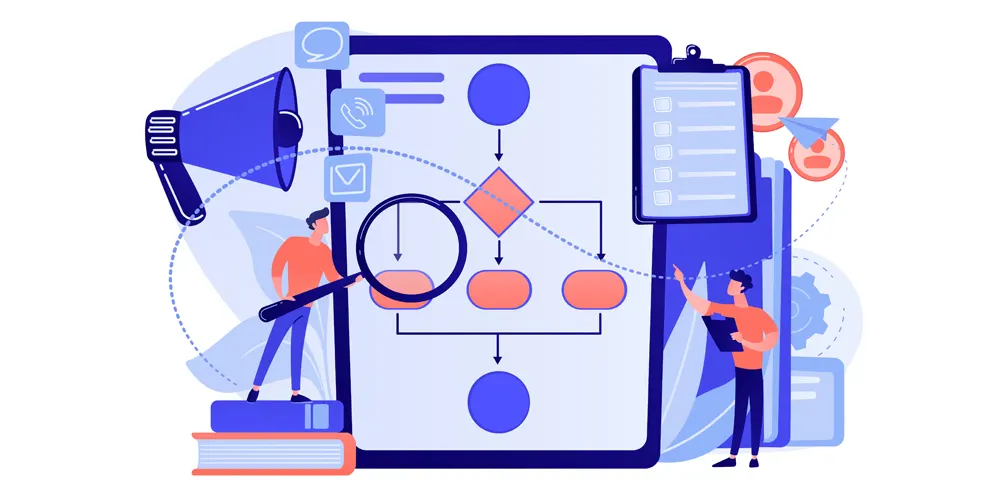
Multi-turn dialogues demand memory. Track how accuracy degrades over turns and how retrieval strategies affect context.
Effective context windows prevent repeated questions and maintain coherent conversations. Without it, even the smartest model forgets the user’s last sentence, like someone checking their phone mid-chat.
Model Size, Quantisation, and Hardware Constraints
Bigger isn’t always better. Larger models bring nuance but demand GPU horsepower. Quantisation can shrink models with minimal accuracy loss. Balance size against deployment goals; on-premise for privacy or cloud for heavy reasoning. A lightweight model may respond faster than a heavyweight, even if it sounds less Shakespearean.
Safety, Hallucination Controls, and Guardrails

Spoken outputs must be factual and safe. Red-team scenarios, content filters, and guardrails prevent embarrassing or risky hallucinations.
Even the most charming model needs boundaries, or your voice agent might unintentionally quote a Marvel villain mid-demo.
License and Commercial Use Restrictions
Open-source freedom comes with strings attached. Permissive or copyleft licenses affect redistribution and SaaS deployment.
Always verify terms to avoid legal headaches. Knowing the rules upfront keeps your product launch on schedule, without surprise plot twists.
| Selection Criterion | Key Metrics | Practical Thresholds |
|---|---|---|
| Real-Time Streaming & Partial Responses | First word latency, partial update frequency | ≤ 300 ms for first word; smooth partial updates |
| Latency Budget & Round-Trip Targets | ASR latency, network transit, inference, TTS | ASR: ≤150 ms, Inference: ≤400 ms, TTS: ≤200 ms, End-to-end p95: ≤500 ms |
| Interruptibility & Turn-Taking | Interruption detection accuracy, reaction time, partial output cancellation | Detection ≥90%, Reaction ≤100 ms, Cancellation success ≥95% |
| Context Window & Memory Strategy | Effective context length, intent accuracy over turns, RAG retrieval latency | Intent drift ≤20%, RAG latency ≤100 ms |
| Model Size, Quantisation & Hardware | VRAM usage, throughput (tokens/sec), accuracy delta after quantisation | Quantisation loss ≤5%, Fit within deployment hardware |
| Safety, Hallucination & Guardrails | Red team pass rate, factual error rate | Red team pass ≥95%, Factual errors ≤5% |
| License & Commercial Use Restrictions | License compliance, usage audit | Full audit completed before deployment |
Candidate open source LLMs to evaluate and how to map them to voice use cases

When deciding which open source LLM to try for your voice agent, you must match the model family to your intended deployment scenario.
The “right” model for your use case must balance latency, fluency, memory, hardware, and domain fit. Here are three classes and how to evaluate them.
1. Small to Mid-Size Models for Edge / On-Device Inference
Use this class when latency and data privacy are critical. Good for IVRs, roadside support, etc., where you want inference locally or close to the user.
What to benchmark
- VRAM and RAM requirements (e.g. <8-16 GB GPU, or 4-8 GB for CPU/edge)
- Throughput in tokens/sec, especially under quantised modes
- First response latency (e.g. first partial response under 300 ms)
- Accuracy vs latency trade-offs, especially for common support queries
Model Recommendations for this Use Case
(small-mid parameter, open weights or permissive license)
2. Medium to Large Models for Cloud Inference
Here, fluency, reasoning power, and high context matter more than on-device constraints. Use for escalated support, agents answering complex domain queries, or multilingual agents.
What to benchmark
- Context window size (e.g. 16K tokens or more)
- Cost of inference per token or per hour
- Fluency / reasoning benchmarks (e.g. domain-specific QA accuracy)
- Stability under load, throughput (tokens/sec), response consistency
Model Recommendations for this Use Case
3. Hybrid Options & Fine-Tuned / Retrieval-Augmented Variants
Use this class to boost domain accuracy (telco, finance, healthcare) and maintain conversational quality. Often involves fine-tuning, RAG, and knowledge bases.
What to benchmark
- Retrieval latency + freshness of documents
- Quality of domain responses vs generic responses
- Memory usage when using RAG pipelines
- Delay added by fine-tuning overhead or embedding lookups
Model Recommendations for hybrid / fine-tuned variants
Integration Blueprint: ASR, LLM, TTS and orchestration

Picture the voice AI pipeline as a relay team. The first runner is ASR (Automatic Speech Recognition) grabbing the customer’s audio and sprinting to turn it into text.
That text then hands the baton to the LLM, the brain of the operation, deciding what to say next. Finally, TTS (Text-to-Speech) voices the response with a human-like tone.
But here’s the trick: call centers/customer support need speed and grace. Rather than waiting for the whole transcript, modern systems use streaming orchestration.
The ASR sends partial transcriptions, the LLM starts crafting a response mid-stream, and TTS begins speaking even before the full sentence lands.
Libraries like Deepgram, Vosk, or OpenAI Whisper for ASR, vLLM or Text Generation Inference for LLM hosting, and Coqui TTS or OpenTTS for speech synthesis help stitch this together quickly.
A session manager keeps track of who said what. It juggles conversational context and short-term memory so the bot doesn’t greet you twice or forget your billing question halfway through.
Fallback layers handle dead air, unexpected errors, or model slowdowns. They achieve this by routing to scripted responses or a human agent, preserving the user experience.
For orchestration, frameworks like LangChain, Haystack, or even n8n help you manage streaming flows, progressive responses, and event triggers. This capability allows you to handle complex processes without having to hand-craft every single API call.
Together, these patterns create a responsive voice AI agent that feels seamless rather than robotic, even when the backend is a symphony of moving parts.
Why ConnexCS’s AI Voice Agent is a Smarter Starting Point
Open-source LLMs offer a lot of flexibility. But building a voice AI stack from scratch involves model orchestration, latency optimization, real-time streaming, and rigorous testing.
ConnexCS’s AI Voice Agent packages all these complexities into a production-ready platform without stripping away control or customizability. We’ve integrated open-source LLM capabilities, pre-tuned for sub-second interactions, domain-specific fine-tuning, and seamless ASR–TTS pipelines.
Instead of spending months assembling infrastructure, businesses can launch quickly, adapt features on demand, and scale confidently. All while retaining the same freedom and cost benefits as open-source development. And without the engineering overhead or time-to-market delays typically associated with building an AI voice agent ground up.
Try ConnexCS’s AI Voice Agent for all the flexibility, none of the drama, and zero sleepless nights staring at GPU logs.










